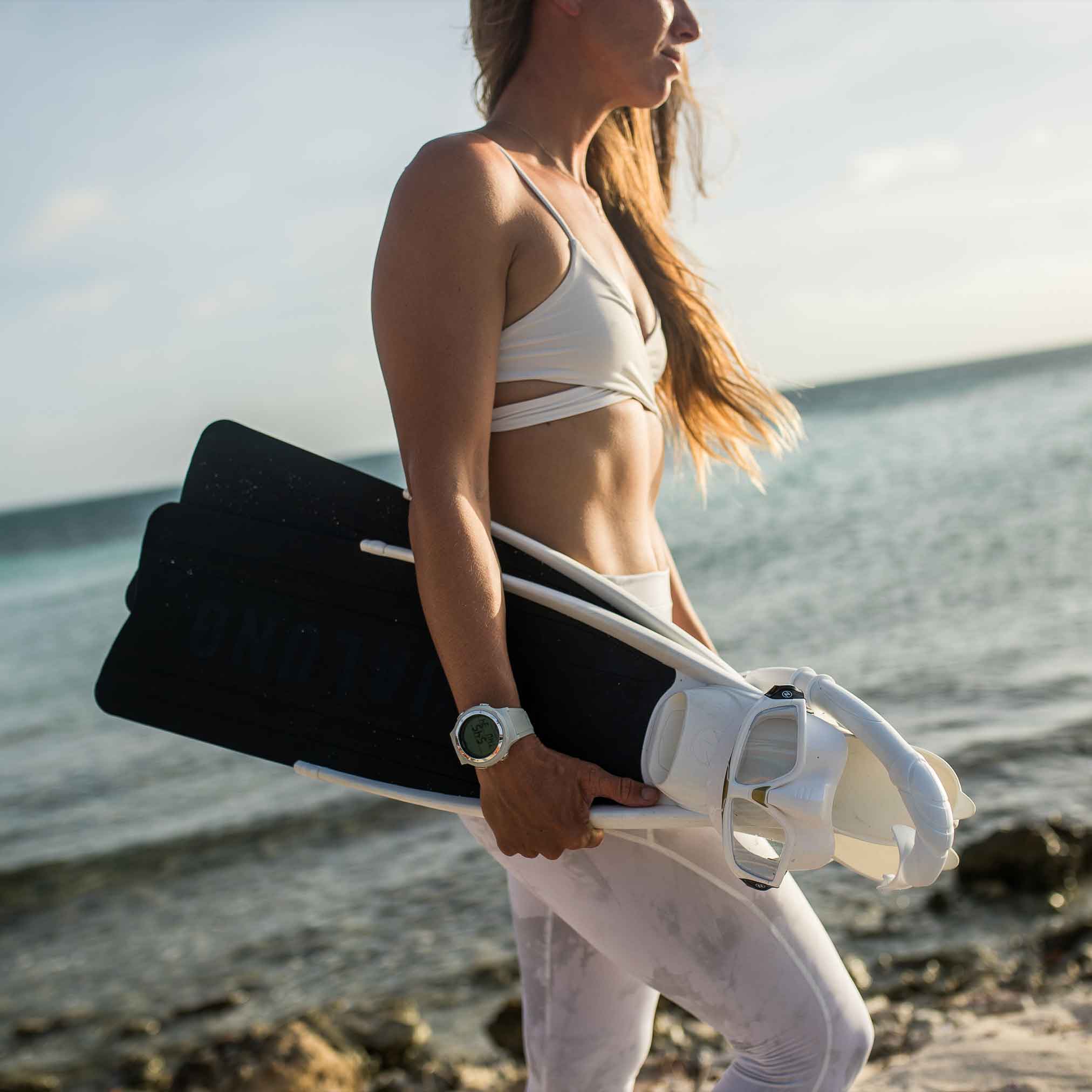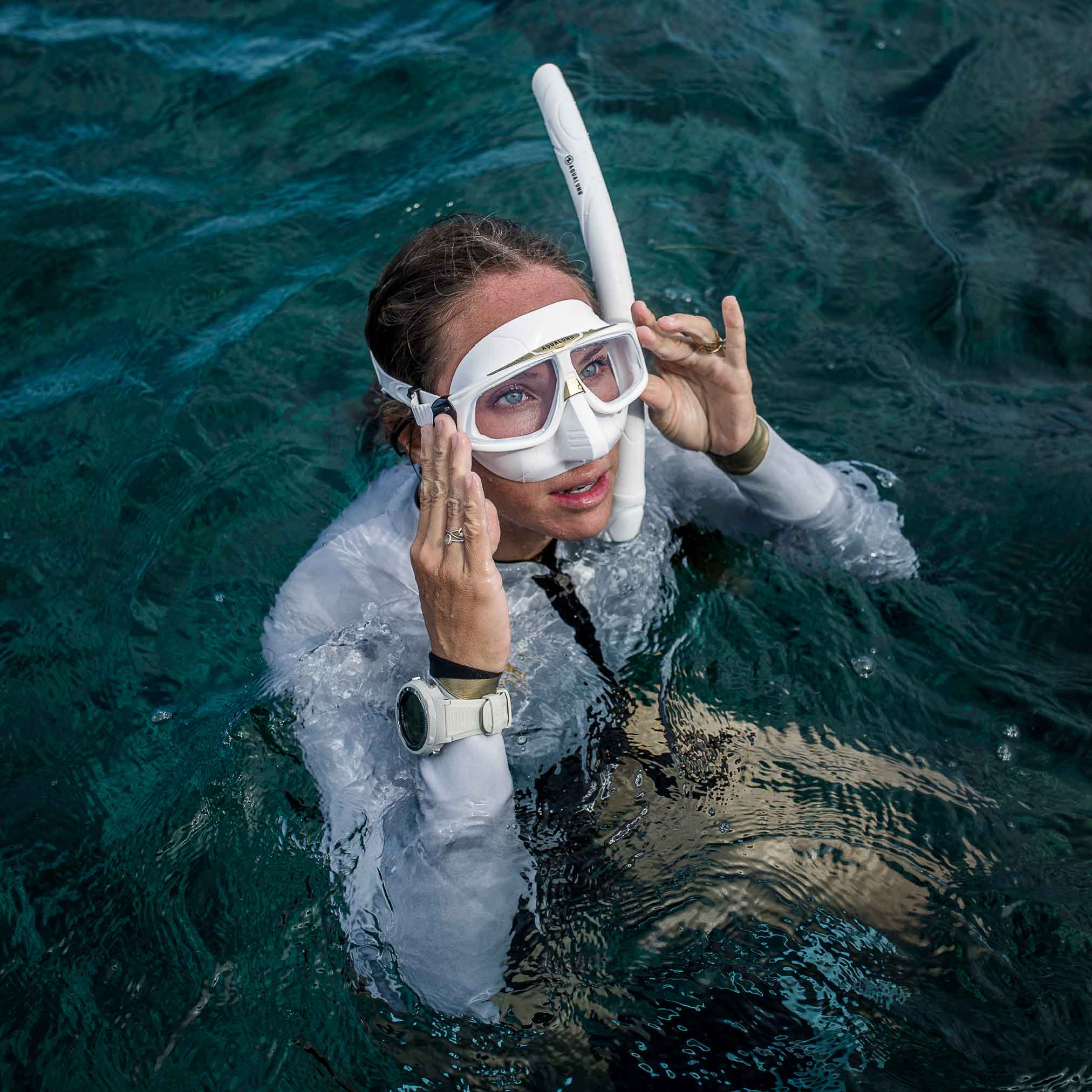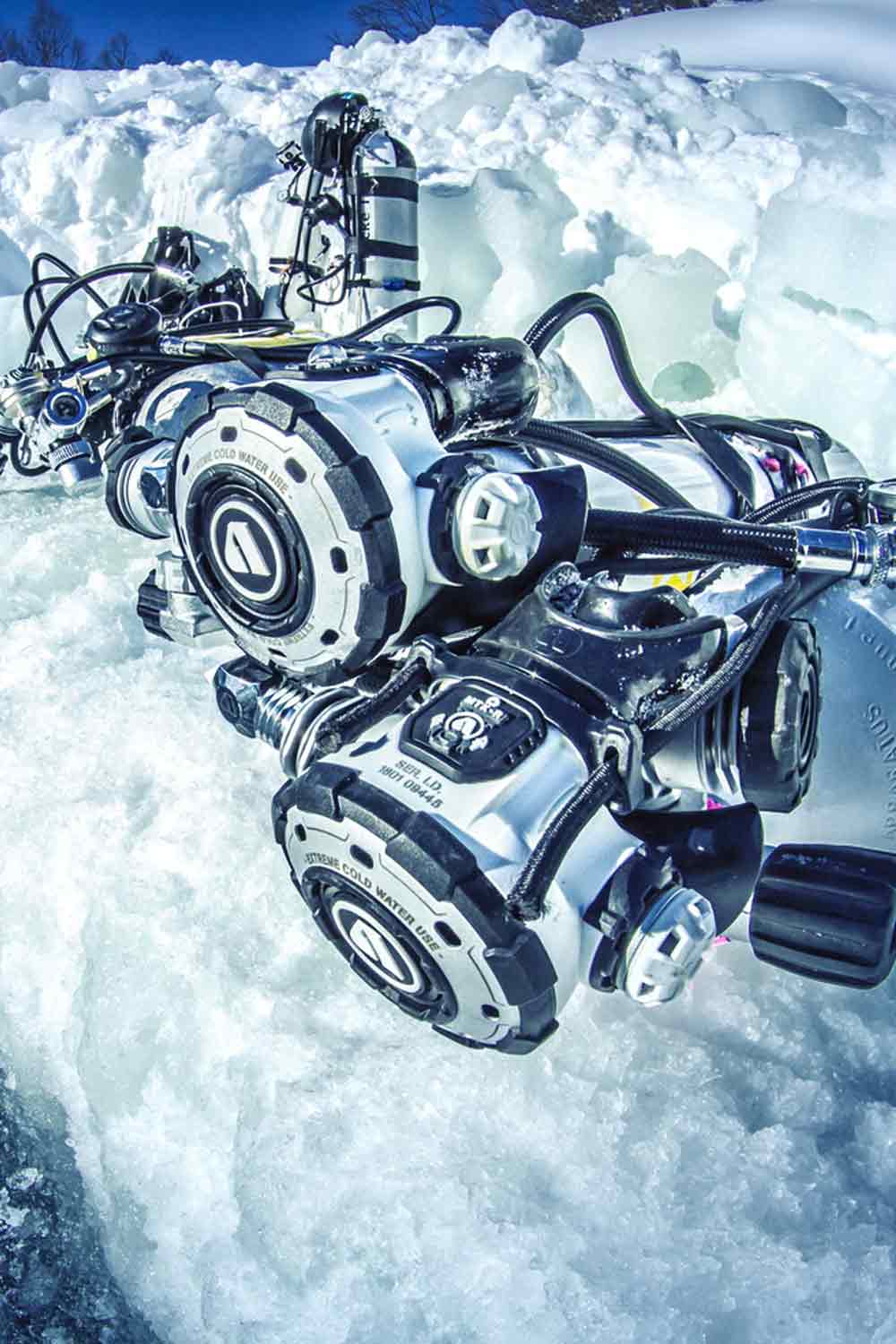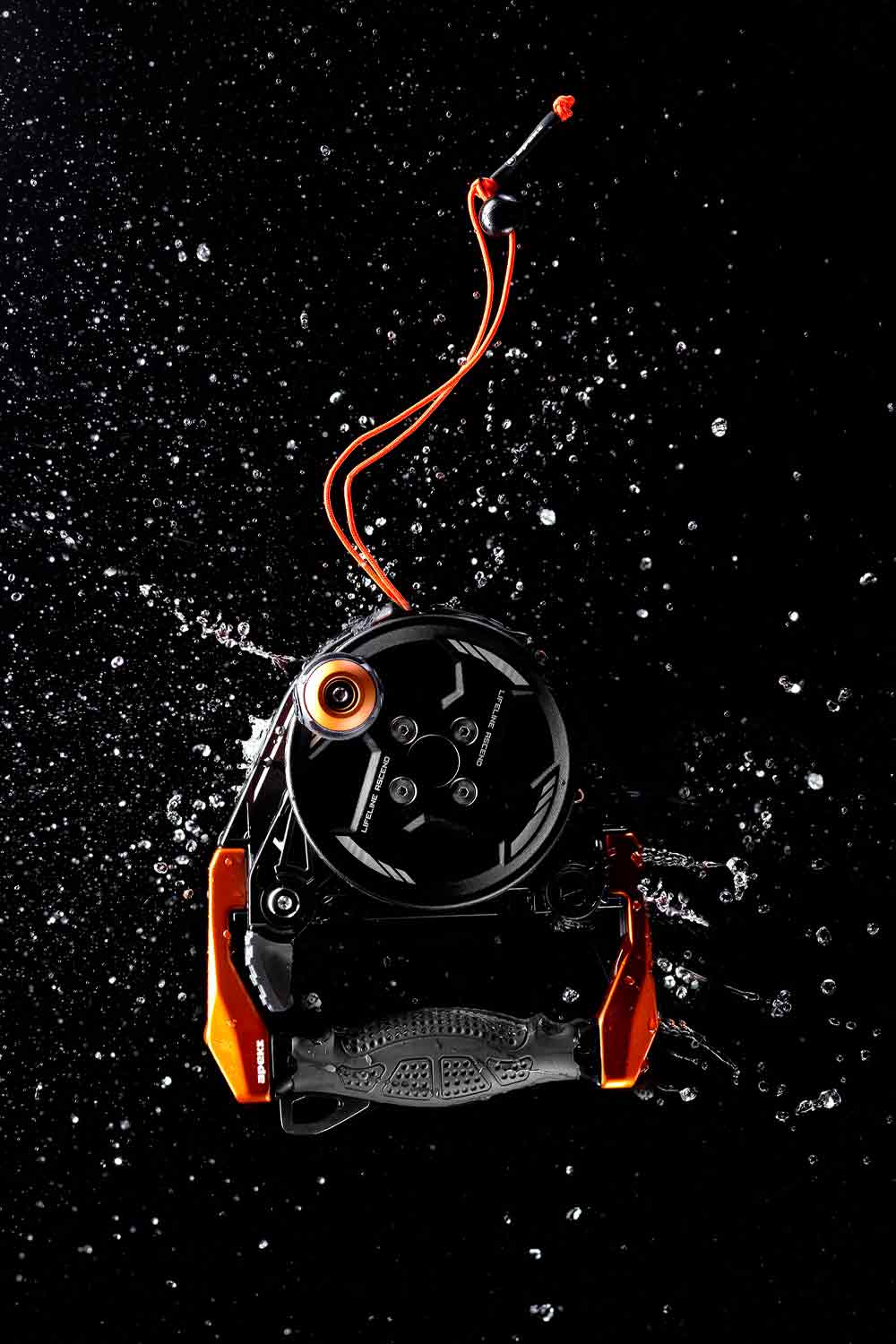Scuba Tank Hydro Testing
Scuba Tank Testing Melbourne
Scuba Cylinder Testing happens at Dive Gear Australia dive shop once a week, and You also get a Free air fill and valve inspection with every hydro test.
We recommend getting your dive tank or tanks tested in the winter months so that you are never without for the great diving over spring, summer and autumn. The Christmas holiday period is not a great time to get a test as our hydrostatic testing company closes down for a few weeks.
Click Here for scuba tanks hydrostatic testing costs
How often do scuba tanks need to be hydro tested?
Australia requires diving cylinders to be checked on a regular basis once a year, every twelve months from the most recent test stamp. Scuba Cylinder Testing usually consists of an internal visual inspection and a hydrostatic test in accordance with the inspection intervals specified by Australian Standard AS 2030.5
Scuba Tank Hydro Testing for Air Rifles
Here are the answers to some common questions amongst the precharged pneumatic (PCP) airgun and air rifle shooting community.
Question: How often dose the steel dive tank need to be hydro tested?
Answer: Once every 5 years from the last test stamp date
Scuba tanks that are not used for scuba diving must have a not for underwater use sticker on them to be eligible for the 5 year hydrostatic testing rules to apply.
Composite PCP Air Rifle filling cylinders must be hydro-testing in accordance with local regulations. This is every 5 years for these composite cylinders in New Zealand and Australia.
About Hydrostatic testing
The inspection and testing requirements for scuba cylinders are different from the requirements for other compressed gas containers due to the more corrosive environment in which they are used. After a tank passes the test, the test date, is punched into the shoulder of the scuba cylinder for easy verification at fill time. The international standard for the stamp format is ISO 13769, Gas cylinders – Stamp marking.

A hydrostatic test involves pressurising the cylinder to its test pressure (usually 5/3 or 3/2 of the working pressure) and measuring its volume before and after the test. A permanent increase in volume above the tolerated level means the cylinder fails the test and must be permanently removed from service and use.
An inspection includes external and internal inspection for damage, corrosion, and correct colour and markings. The failure criteria vary according to Australian standards of the relevant authority. Still, they may include inspection for bulges, overheating, dents, gouges, electrical arc scars, pitting, line corrosion, general corrosion, cracks, thread damage, defacing of permanent markings, and colour coding.








